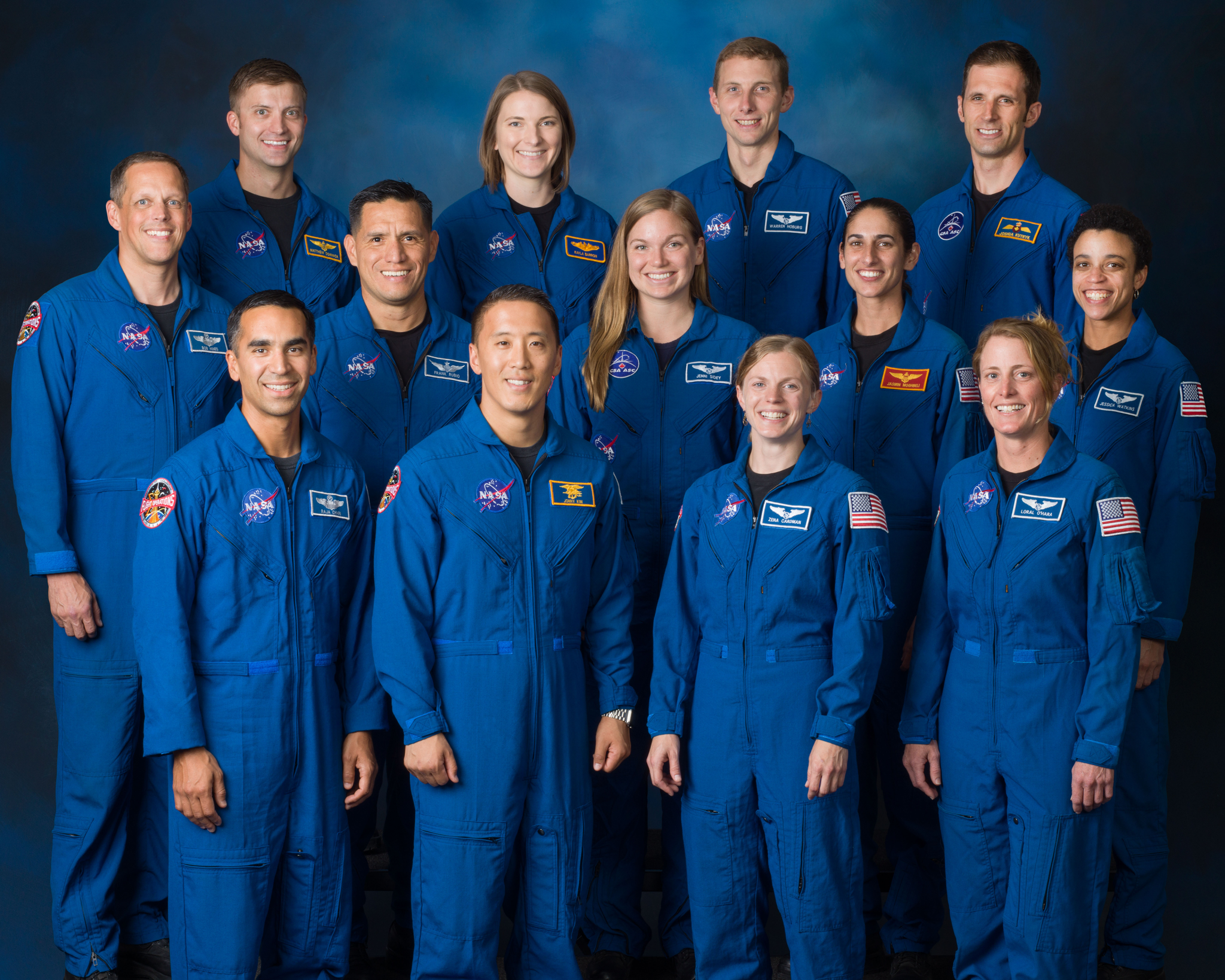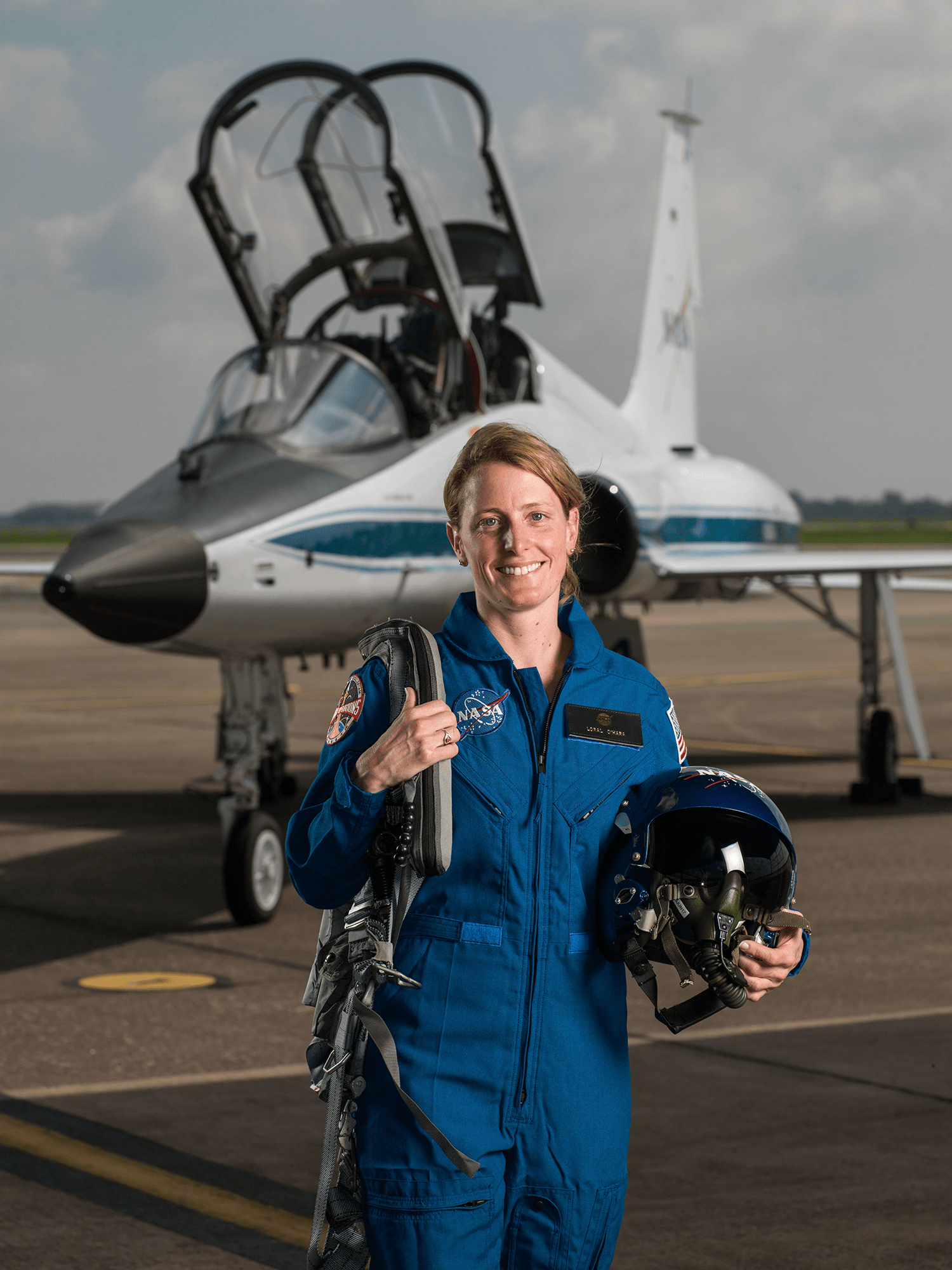The start of every new year instills a sense of newfound hope and dedication. It can include setting new goals, starting a new chapter in life, or continuing to chase a lifelong dream. For 13 individuals, the start of 2020 marks a historic time in their lives as they achieve what most people in the world only dream about — becoming an astronaut. On Jan. 10, the newest astronaut class, selected in 2017, will officially become the first class to graduate under the Artemis program at NASA’s Johnson Space Center in Houston after successfully completing two years of basic training.
Being an astronaut is one of the most popular ambitions that people around the globe aspire to from the time they are young, and it shows. During the 2017 astronaut candidate application period, NASA candidates were chosen from a record-setting pool of more than 18,300 applicants, the largest astronaut class since 2000. This doesn’t take into account the multitudes of students, now planning their own paths toward pursuing the only literal “out-of-this-world” career.
With an avid interest in STEM, Loral O’Hara from Sugar Land, Texas, was one of those students with her sights on the stars. Now, she’s one of the 13 astronaut candidates set to walk across the stage and join NASA’s prestigious active astronaut corps. After graduation, the candidates will become eligible for spaceflight, including assignments to the International Space Station, Artemis missions to the Moon and, ultimately, missions to Mars.
NASA’s next giant leap will land the first woman and next man on the surface of the Moon by 2024 under the Artemis program — lunar missions on the horizon that O’Hara could potentially find herself a part of in the years to come. She’s part of the Artemis Generation — young people launching their future in science, technology, engineering and math.
O’Hara’s NASA journey began long before she was selected as an astronaut candidate. Growing up in Sugar Land with such close proximity to Johnson made for frequent student field trips and family visits to the NASA center. Her second grade class even grew tomato plants from seeds that flew on a space shuttle. As a child, O’Hara was intrigued by anything that flew —be it birds, planes or rockets — and dreamed that someday she would fly, too.
NASA opportunities remained ever present in her life. In high school, O’Hara visited Johnson to watch space shuttle mission debriefs and was inspired to study aerospace engineering at the University of Kansas. Through college, she worked with the Space Grant Consortium, then participated in NASA’s KC-135 Reduced Gravity Student Flight Opportunities Program. Conducted at Johnson, this program allowed students to propose, design, create, fly and test an experiment in a reduced-gravity environment — a unique environment that O’Hara will experience again when selected for an assignment to the space station, or for an Artemis mission to the Moon.
O’Hara also attended the NASA Academy at NASA’s Goddard Space Flight Center, a 10-week residential summer program in which students contribute to challenging NASA research and development projects alongside NASA mentors. Eventually, she found herself at NASA’s Jet Propulsion Laboratory in Pasadena, California, for an internship, an agencywide program still in existence that provides students the opportunity to work on real NASA projects with NASA mentors.
After completing her undergraduate degree, O’Hara worked as a project engineer at Rocketplane Limited in Oklahoma City, Oklahoma, in 2007. She later enrolled at Purdue University and earned her master’s degree in aeronautics and astronautics. Following graduation, O’Hara began contributing to a major upgrade of the human-occupied submarine Alvin from 2009 through 2013, earning her Naval certification. In 2015, she began work as a design engineer at Stone Aerospace in Austin, Texas. At the time of her selection to the 2017 astronaut class, O’Hara was a research engineer at Woods Hole Oceanographic, where she worked on the engineering, testing and operations of deep-ocean research submersibles and robots.

O’Hara says her love for working in extreme environments, and with a talented group of people, solidified her dreams of being an astronaut.
“I started applying once I was old enough — actually, before I was old enough,” O’Hara said. “The first time I applied, I didn’t meet the basic qualifications.”
But as the old saying goes, the third time’s the charm: O’Hara applied in 2015, was contacted for an interview and, approximately a year-and-a-half after applying, received the phone call that she had been waiting for — that she had been selected as an astronaut candidate.
If she could go back in time, O’Hara says she would tell her younger self to enjoy the opportunities that come her way and never stop looking for new ones.
“I was pretty fortunate to get to do a lot of different things,” O’Hara said. “Enjoy the whole journey of growing up, figuring out what it is that you like to do and exploring all different kinds of things.”
On Friday, Jan. 10, 2020 NASA honored the first class of astronaut candidates to graduate under the Artemis program, at Johnson Space Center in Houston, TX. Graduating alongside O’Hara will be 10 other NASA candidates, plus two Canadian Space Agency candidates.
NASA’s Office of STEM Engagement aims to inspire, educate and engage the next generation of explorers — the Artemis Generation — and launch them to new heights. Learn more about how you can make a direct impact on NASA missions through innovation and creativity with a NASA internship, or how you can participate in an Artemis student challenge.




























